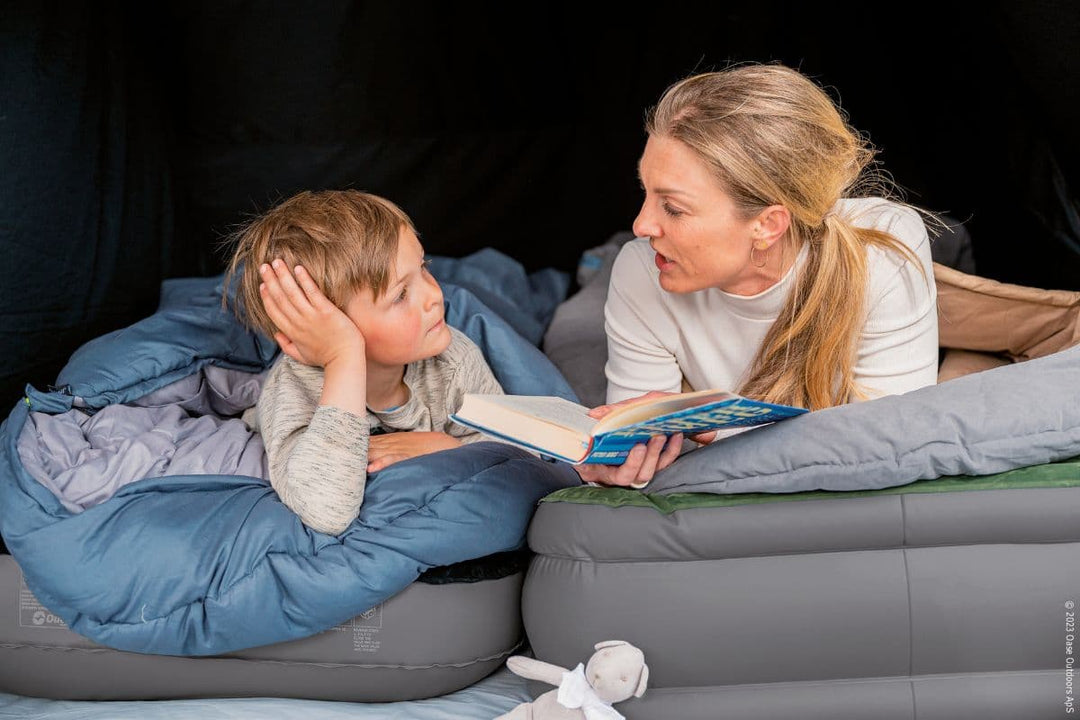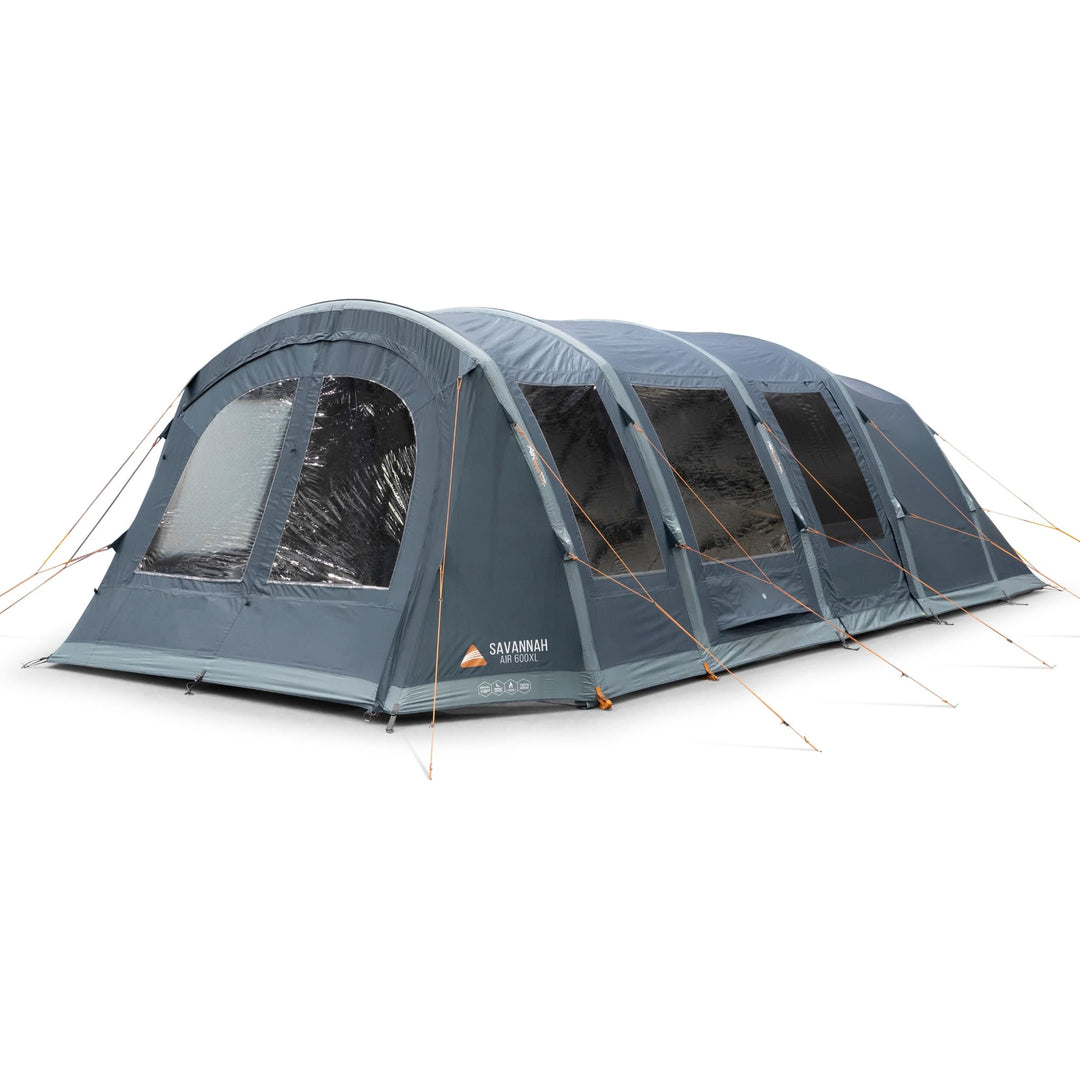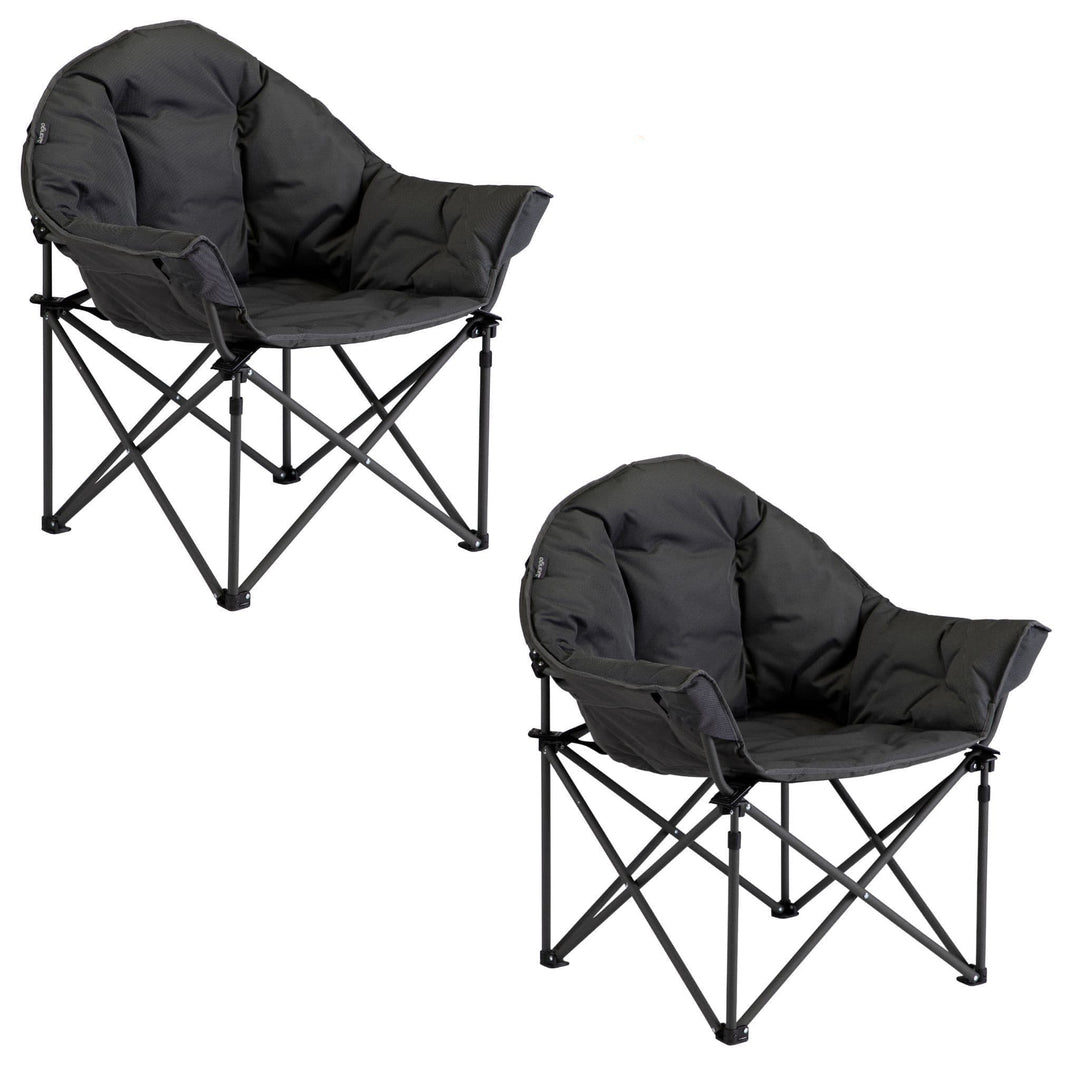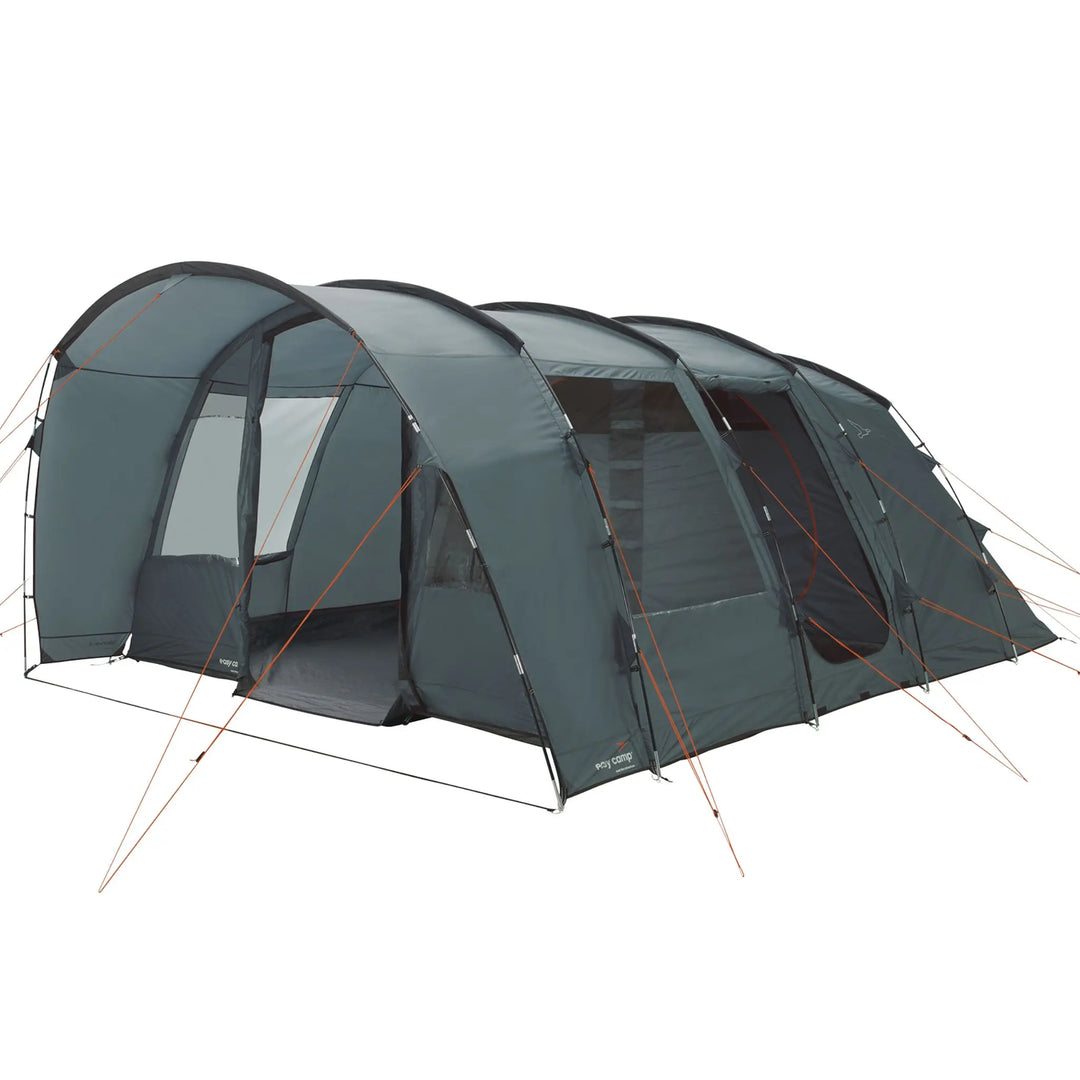Sewn-in vs. Linked-in Groundsheets: Which One is Right for Your Tent?
When choosing a tent, one important feature to consider is the type of groundsheet it comes with. Groundsheets provide protection from the cold, damp ground and help keep the tent interior clean. There are two main types: sewn-in groundsheets and linked-in groundsheets. Each has its own benefits and drawbacks, depending on your camping preferences.

Sewn-in Groundsheet
A sewn-in groundsheet is permanently attached to the tent, creating a fully enclosed living space.
Benefits of a Sewn-in Groundsheet:
✔ Fully sealed environment – Prevents bugs, draughts, and moisture from entering the tent.
✔ Easier to pitch – Since the groundsheet is fixed, there’s no need for additional setup.
✔ Covers the entire tent floor – This allows for flexible use of the tent space, such as removing an inner tent to create more storage.
Drawbacks of a Sewn-in Groundsheet:
❌ Water removal can be difficult – Any water that enters the tent is harder to clear out.
❌ Raised doorway thresholds – Many tents with sewn-in groundsheets have step-over entrances, which may be inconvenient.
❌ Increased condensation – Less airflow can lead to higher moisture build-up inside the tent.

Linked-in Groundsheet
A linked-in groundsheet is attached to the tent using toggles or zips, allowing for partial or full removal when needed. This type of groundsheet is usually found in weekend tents and festival tents.
Benefits of a Linked-in Groundsheet:
✔ Better ventilation – Since the tent isn’t fully sealed, airflow is improved, reducing condensation.
✔ Easier water removal – Any water that enters the tent can be quickly drained or wiped away.
✔ Option to expose the ground – The groundsheet can be rolled back to allow access to grass or hardstanding.
✔ Lower cost – Tents with linked-in groundsheets are often more affordable.
Drawbacks of a Linked-in Groundsheet:
❌ Not fully sealed – Bugs and moisture can enter through gaps between the groundsheet and tent walls.
❌ Slightly harder to pitch – Unlike sewn-in groundsheets, a linked-in version requires additional setup.
❌ No flooring under inner tents – This can make sleeping areas colder compared to a sewn-in option.
Which Groundsheet is Best for You?
-
If you prefer maximum protection from bugs and drafts, a sewn-in groundsheet is the better choice.
-
If ventilation and flexibility are more important, a linked-in groundsheet may be ideal.
-
For family camping or longer stays, a sewn-in groundsheet can provide a more homely feel.
-
If you’re camping in warm or wet conditions, a linked-in groundsheet can help with airflow and drainage.
FAQs
❓ What are the benefits of a sewn-in groundsheet?
A sewn-in groundsheet fully seals the tent, preventing bugs and draughts, while also making pitching easier.
❓ Which type of groundsheet is best for wet conditions?
A linked-in groundsheet allows for better drainage and ventilation, reducing condensation and moisture build-up, whilst a sewn-in groundsheet means that water can't come in from underneath.
Where to Find the Right Tent
Looking for a tent with the right groundsheet? Explore our latest range of camping tents here!












